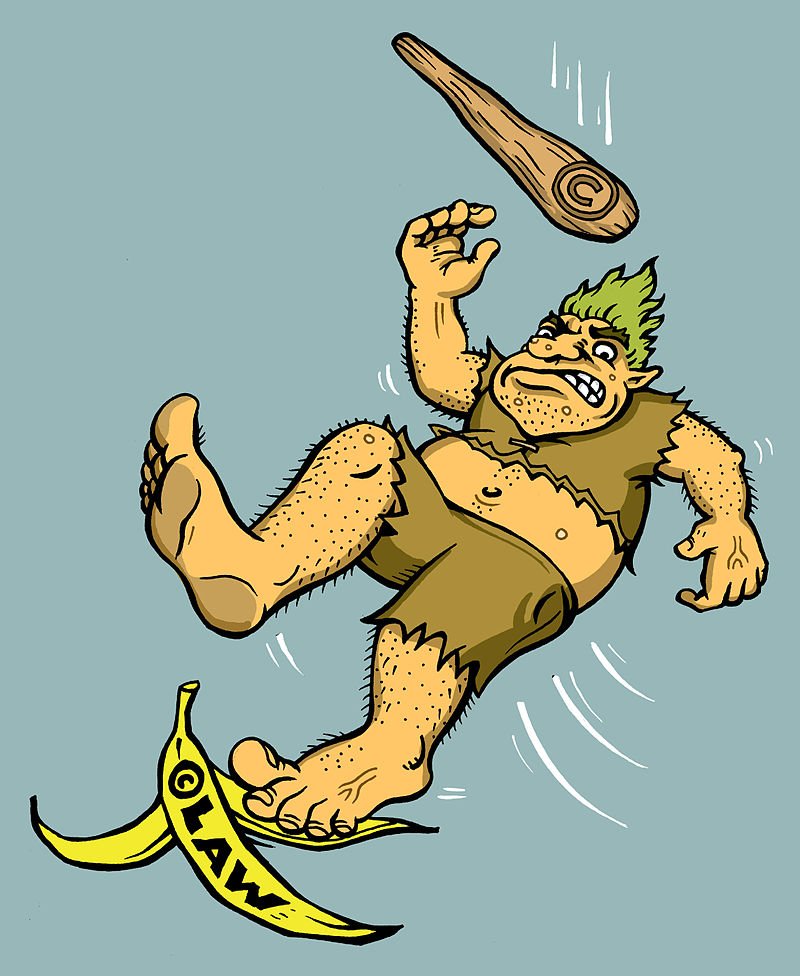Patent Trolls and None Practicing Entities in Canada & USA - An Update

Perhaps more than anyone else in recent history, Jerome Lemelson transformed modern patent law. Mr. Lemelson has been called the original “patent troll” by some (Daniel Fisher, Forbes Magazine, 12/14/2012) by virtue of the fact that he made more than $500 million by enforcing hundreds of his patents against large corporations. In nearly all cases, he did not develop, produce or market the inventions which were the subject of his patents. For a time, Mr. Lemelson acquired the status of a folk hero akin to a latter day Thomas Edison. Mr. Lemelson passed away nearly 20 years ago, and in the intervening time, my opinion of Mr. Lemelson has changed. Thomas Edison was a prolific inventor, but unlike Mr. Lemelson, Mr. Edison developed, perfected and ultimately sold his ideas to the world. In the world of technology and business, commercializing an idea requires considerably more effort and risk then coming up with the idea in the first place. With all due deference to Mr. Lemelson, his success was based on enforcing his patents against others who incurred the effort and risk to market what they thought were original ideas. In fact, I think it can be argued that Mr. Lemelson’s most significant idea was not his patented inventions, but rather the business model of patenting an invention, sitting on it, and then suing a large company for infringing the patent they never knew existed. Lemelson practically invented patent trolling.
Non-practicing entities (or patent trolls as they are pejoratively called) have taken up where Mr. Lemelson left off with one significant difference. Where Mr. Lemelson enforced his own patents against companies, NPEs instead search for and buy up already granted patents which were previously unexploited. These corporate entities have brought a raft of patent infringement suits. For example, approximately 1/3 of all the patent infringement lawsuits in the Federal Court of Canada in 2012/2013 were commenced by one firm, Dovden Investments, a non-practicing entity. Better known examples include NTP, a patent holding firm which sued telecommunication companies such as AT&T, T-Mobile, Apple Inc., Motorola and RIM (the makers of blackberry phones) over a portfolio of 50 or so patents. NTP managed to extract a settlement of over $600 million against RIM alone. Patent trolling has been such a successful enterprise for some that to say that “patent trolling” has changed the patent landscape would be an understatement.
Patent law, particularly in the United States, has changed in response to Mr. Lemelson’s business practices. For example, several years ago the US Patent office did away with the procedures which allowed for “submarine patents” where a patent application is deliberately kept in a secret pending state before issuing. More recently, the US patent office has streamlined the process of patent re-examination, wherein a granted patent can be re-opened for examination by an effected party, effectively allowing potential defendants to challenge “problematic” patents years after they have issued. Furthermore, over the past few years the scope of inventions eligible for patent protection has been significantly narrowed, in part in response to the “threat” posed by patent trolling. Recent decisions such as Legal enforcement procedures, particularly in the United States, have also been amended to make it harder to commence patent infringement suits and to make it easier for successful defendants to recoup their legal expenses. The cumulative effect of these changes has been to reduce the practice of patent trolling, but it has been postulated that the cost has been a devaluing of the patent system over all. As these measures effectively devalue the worth of the patent portfolio held by patent trolls, it has, in my opinion, had the spin off effect of devaluing the patent portfolios of truly innovative companies that don’t engage in patent trolling but instead wish to ensure that their hard spend R&D investments are protected.
Balancing the needs of innovators to protect their investments with the needs of manufacturers to be free from “patent trolling” is a difficult task. From my point of view, a better balance would be to curtail “patent trolling” by implementing smarter patent enforcement measures, such as curtailing the practice of granting injunctions to non-practicing entities or allowing defendants to re-open patent settlements in the event of discovering relevant prior art after settlement. I would rather see more patents enforced wisely than fewer patents enforced haphazardly.